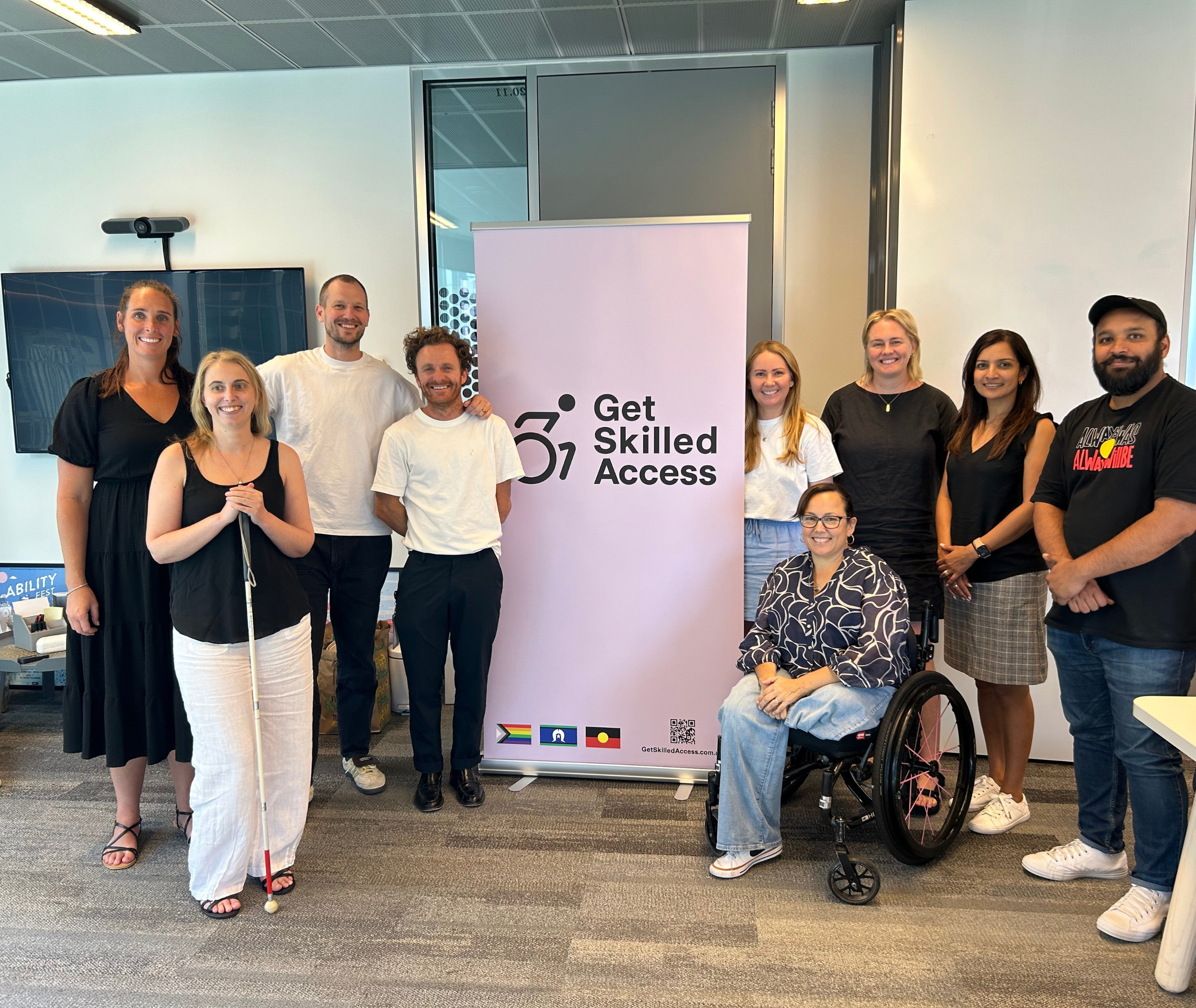Workplace Diversity and Inclusion
Moving from Talk to Action.

Workplace diversity and inclusion are more than popular terms in corporate discussions. They are essential components of building effective, innovative, and equitable workplaces. True diversity and inclusion require more than surface level commitments or box ticking exercises. It involves creating environments where everyone, regardless of their background or abilities, feels respected, valued, and empowered to contribute.
In Australia, diversity is often celebrated in terms of cultural differences, but there are gaps in how we approach inclusion for people with disability. A 2021 report by the Australian Institute of Health and Welfare (AIHW) highlighted a significant disparity in employment rates: only 53.4% of people with disability aged 15-64 were employed, compared to 84.1% of those without disability (AIHW Report, 2021). This gap demonstrates a significant area for improvement.
Understanding the Importance of Inclusion
Workplace diversity and inclusion are not just about compliance or corporate reputation. They are about recognising and utilising the varied skills, perspectives, and experiences that people bring to the table. Inclusion means identifying and removing barriers – both physical and attitudinal – that prevent full participation. For people with disability, this includes ensuring accessibility in the physical workspace, digital platforms, and workplace policies.
Creating an inclusive environment is not solely the responsibility of leadership teams. It requires a whole-of-organisation approach. From entry-level employees to senior executives, everyone has a role to play in fostering inclusivity. It also involves ongoing education and self-reflection to address unconscious biases that may exist.
Addressing Barriers to Inclusion
Barriers to workplace inclusion can be broadly categorised into physical, procedural, and attitudinal obstacles. Physical barriers include inaccessible office spaces, lack of assistive technology, and poorly designed communication tools. Procedural barriers can arise from recruitment processes that unintentionally exclude people with disability, such as rigid application systems or interview formats that do not accommodate diverse needs.
Attitudinal barriers are often the most challenging to overcome. These include misconceptions about the capabilities of individuals with disability or a lack of awareness about reasonable adjustments. Education and awareness-raising initiatives are critical to shifting these perceptions.
Practical Steps to Improve Inclusion
1. Practical Steps to Improve Inclusion
Organisations can start by ensuring their recruitment practices are accessible. This includes offering alternative application methods, using inclusive language in job advertisements, and providing adjustments during the interview process. Programmes like Recruitable focus on supporting organisations to recruit and retain talented individuals with disability.
2. Training and Development
Regular training sessions can help employees understand workplace diversity and inclusion. These sessions should focus on practical strategies for fostering inclusion and provide opportunities for open dialogue. We specialise in delivering disability awareness training to organisations, equipping teams with the tools and insights needed to create inclusive environments.
3. Accessible Workspaces and Technology
Reviewing workplace layouts and technology to ensure they are accessible is essential. This includes installing ramps, lifts, or automatic doors and offering assistive technologies such as screen readers or speech-to-text software. GSA provides accessibility audits and solutions that help organisations ensure their spaces are welcoming and inclusive for people with disability.
4. Leadership Accountability
Inclusive workplaces start at the top. Leaders should model inclusive behaviour and prioritise workplace diversity and inclusion in organisational strategies.
5. Celebrating and Showcasing Success
Highlighting success stories of employees with disability can inspire others and demonstrate the value of diversity. For example, the multiple award winning Shift 20 Initiative work to challenge stereotypes and encourage authentic representation.
The Benefits of Workplace Diversity and Inclusion
Investing in workplace diversity and inclusion offers numerous benefits. It improves employee satisfaction, reduces turnover, and fosters innovation by incorporating diverse perspectives. Inclusive workplaces are also better positioned to understand and serve diverse customers, enhancing their competitive advantage. According to research, organisations with inclusive cultures are 1.7 times more likely to be innovation leaders in their industry and diverse cultures achieve 2.2x higher sales and 3.2x higher profits (Deloitte, 2017). This demonstrates that inclusion is not just the right thing to do; it is a sound business strategy.
Moving Forward
Achieving true workplace diversity and inclusion is an ongoing journey that requires effort, commitment, and accountability. By addressing barriers, implementing practical strategies, and measuring progress, organisations can create environments where everyone can contribute their best work.
For Australian workplaces, this means going beyond one-off initiatives or annual observances. It involves embedding inclusion into every aspect of organisational culture. By taking these steps, we can ensure that diversity and inclusion are not just aspirations but realities that benefit everyone.
